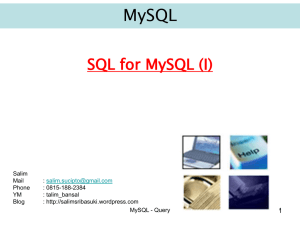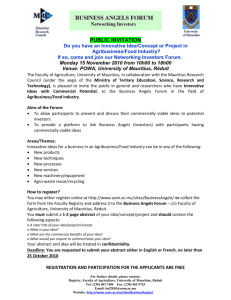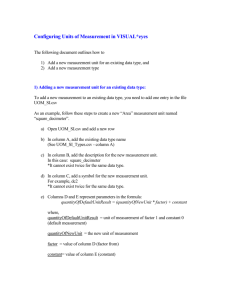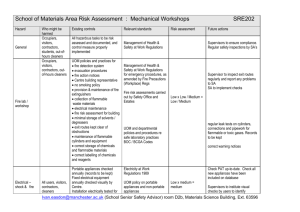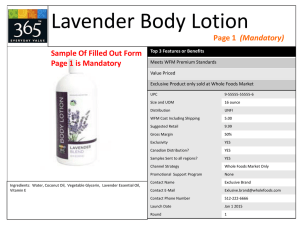Welcome to the topic on units of measure.
advertisement
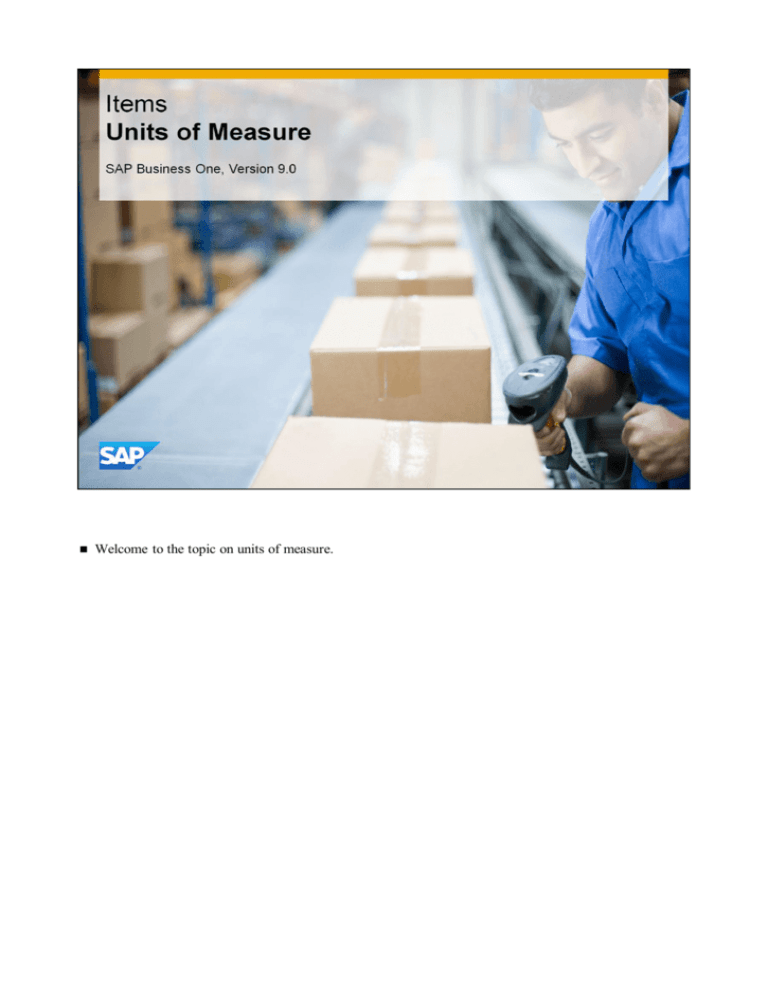
Welcome to the topic on units of measure. In this topic, you will learn how to assign units of measure to items and describe the relationship of different types of units of measure for items in sales, purchasing and inventory. The company has set up units of measurement groups in order to add consistency and ease to setting up units of measure for items. When an item is created, a unit of measurement group is assigned to the item. By using this groups, the inventory, sales and purchasing units of measure are be set up with a equivalencies already assigned. Typically in business, an item may be sold in different types of packaging than how it is purchased. In the graphic, we see an example for paper. Vendors sell the item in cartons or pallets and we sell the paper in either packs, small packs or groups of 6 packs. Each item master record holds the units of measure used for purchasing, storing and selling that particular item. When you set up the item, you assign a group containing the units of measure commonly used for this type of item. The group “manual” is provided for upgraded companies and used as the default until another group is assigned. When you create an item master data record, you assign a unit of measurement group. The group contains all the relevant units of measure that you need for the item. In our example, we can assign the Paper UoM group because it has all the measures we need. We saw that a UoM group contains a set of relevant units of measurement. Let us take a step back to see how they are made. There is a table with a list of all possible units of measure. This is the Global UoM. We this list on the left of the graphic. Single items from this table are then grouped together into a group. In our business example, we set up a group for paper. Within a group, you define the relationships between the listed measurements based on conversion rules. On the right we see the measurements that make up the UoM group “paper”. Note that the measurements listed in the Global UoM table can be assigned to multiple UoM groups. OEC Computers can use this same UoM group for several different types of printer paper that they sell. Once a UoM group is created it can be assigned to several item master data records. In our graphic, the UoM group for paper is assigned to 3 item master records that need the same type of relationships between the UoMs in the group. Because the paper UoM group has been defined flexibly, it can be used for several different types of printer paper that the company sells. A UoM group can be very useful for managing all the functions that relate to item size. After a UoM group is assigned to an item master data, you can then define barcodes, pricing and packaging for the item relating to each UoM within the group. In the Item Master Data we define three different UoM types: The Inventory UoM code - This code is a single UoM code that all inventory transactions are made for. This code cannot be changed once transactions were made for this item. Note that the Inventory UoM Code field in the Item Master Data does not appear if the Manual group is assigned. The Sales UoM codes – One item can have many Sales UoM codes related to it. Each of these codes can be used in a sales or inventory document The Purchasing UoM codes – One item can have many Purchasing UoM codes related to it. Each of these codes can be used in a purchasing or inventory document. All inventory tracking and reporting is done in the inventory unit of measure. Availability checking is done for the inventory unit of measure. In our business example, we set the inventory UoM to pack. Therefore, pack will appear as the unit on all inventory transactions. We set carton for the purchasing UoM because this is the typical unit used by our vendors. Regardless of how we buy it, we may choose to sell a product with different packaging. In our example, paper is most often sold packaged as a 6-pack. Therefore, we set the sales unit of measure to a 6-pack so that this measurement is the default for our sales documents. You can overwrite the unit of measure and the items per unit in marketing documents as needed. For example, you usually buy from a vendor who delivers an item in cartons, each carton contains 12 units. However, you are trying out a new vendor who will supply the item in crates. Each crate contains 20 units. Since the purchasing unit of measure is a carton, the unit of measure in the purchase order defaults in as a carton. You can override this value and change the unit of measure and the items per purchase unit to crate in the purchase order without affecting the item master record. If the change is permanent, you can also make the same change to the default purchasing UoM in the item master data record. Remember that regardless of which purchasing unit or sales unit is used in a document, the postings are always made in the inventory unit of measure. Therefore using our business example, a goods receipt PO for 1 carton will create an inventory posting for 12 packs, since each carton contains 12 packs. Units of measure (UoM) are defined globally for a company. A unit of measure group defines relationships between the listed units of measurement based on conversion rules. When you create an item master data record, you assign a unit of measurement group. The group contains all the relevant units of measure that you need for the item. A flexibly-defined UoM group can be assigned to multiple items. A UoM group assigned to an item can manage functions relating to item size such as barcodes, pricing and packaging for the item relating to each UoM within the group In the Item Master Data we define three different types of UoM types: inventory, sales and purchasing UoM codes. An item may have multiple sales and purchasing UoM codes. Each item has a single inventory UoM code used in all inventory transactions. This code cannot be changed once transactions are made for the item. You have completed the topic on units of measure. Thank you for your time.
